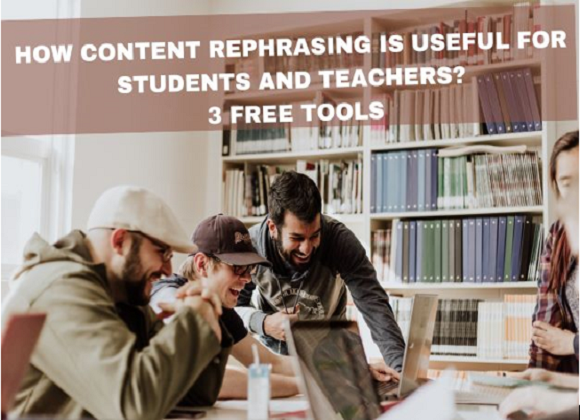Concrete Experience: “what I did” section
Giving children autonomy and agency in how they approach problems and explore potential solutions with others improves executive functioning (NAEYC, n.d.). Based on this, I organized a class where I gave the kids – who had laptops and wi-fi – a website to self-learn a topic from. I was quite pleased thinking that everyone will learn on their own and cultivate independence. This was my version of the flipped classroom (Camiling, 2017) and used technology to redirect learning from large groups to individualized learning.
Reflective Observations: “what I wonder” section
As the class proceeded and I looked forward to a focused class where I would be mostly redundant, I found one kid very unsettled and crying. When asked, he said, “I do not wish to learn alone. I miss my friends and you. I am also unable to understand anything from the screen as there is too much text and the yellow is hard to read from!” This stopped me in my tracks, as my carefully constructed plan went to pieces with this kid! I had to drop web-based work for him, get him back to the textbook and he sat with me and learned using the good old way of textbook and notebook with me on my desk.
Abstract Conceptualization: “what I learned”/”so what” section
I learned three important principles.
Since flipped learning transfers the responsibility of learning to the kids, they often resist (Camiling, 2017). Especially Indian kids who are by and large brought up in an environment of spoon-feeding.
Material needs to be carefully tailored to the learning needs of the kids. A very verbose website and jarring colors would not help anyone.
Finally, I learned the need to be totally learner-centric and not strategy centric. I learned that each child needs to be validated and nurtured (Bransford, d.d., pp.135). I learned the power of adaptive expertise (Bransford, n.d., pp. 133), where one is open to being challenged and rethinking one’s assumptions.
Application “now what” section
My biggest takeaway is to Give learners reason (Bransford, n.d., pp. 136) or suspend your judgment when a learner responds differently from what you think the answer is. Give them a chance to explain their reason. Listen to their thinking. Teachers need to develop an insight into the learner's system of knowledge. Henceforth when designing a class, I would offer the kids my plan and then wait and watch, open to a kid ‘unsettled and crying in a corner and know that this is where my strategy needs to adapt to his/her needs!
About the author
 |
Monica Kochar started her career as a Maths teacher in 1993. She has years of experience as a Maths Curriculum Designer with leading education platforms. This write-up has been reproduced from ' Humane Maths ' with the Author's consent. Any views expressed are personal. |



